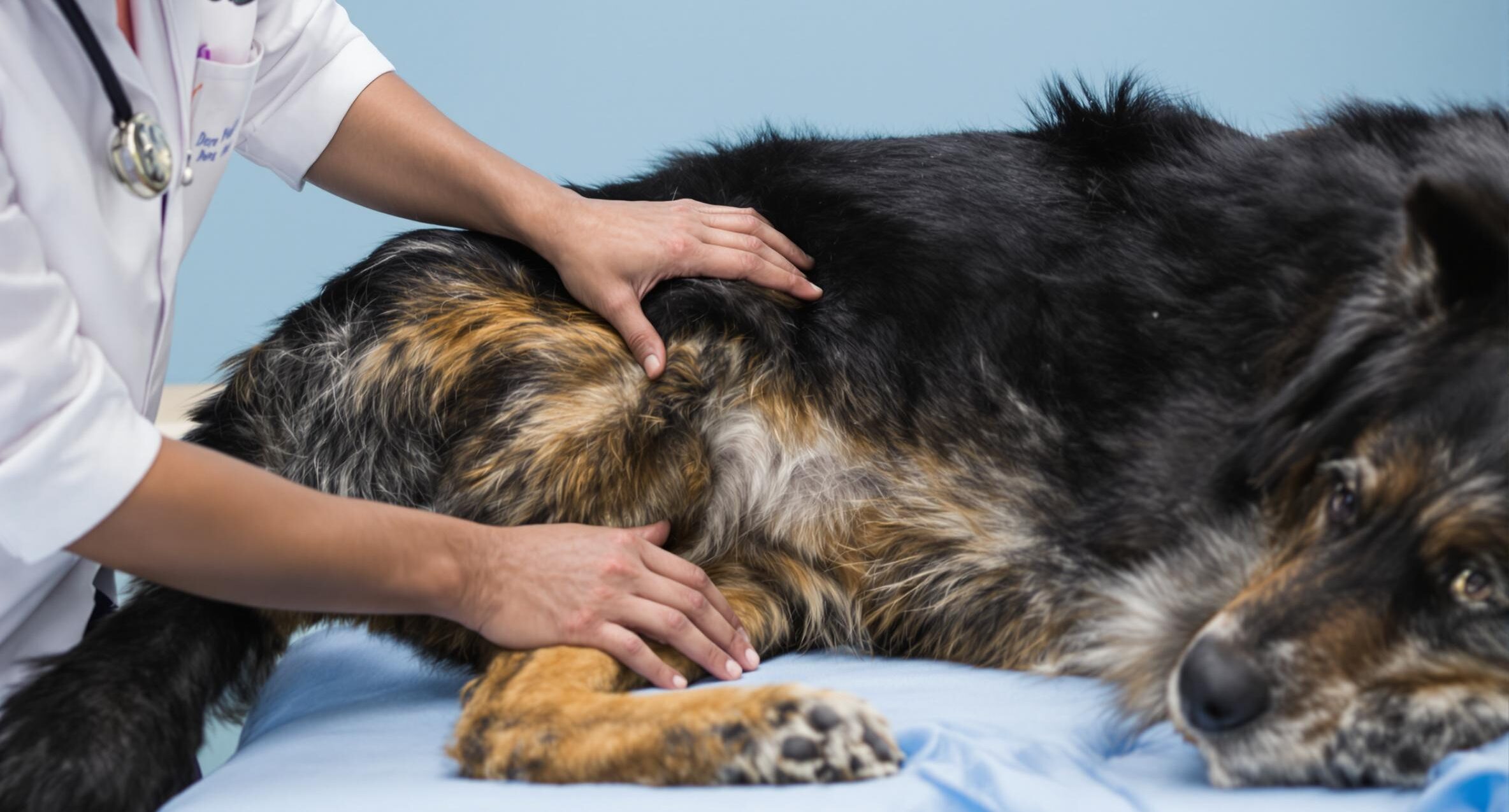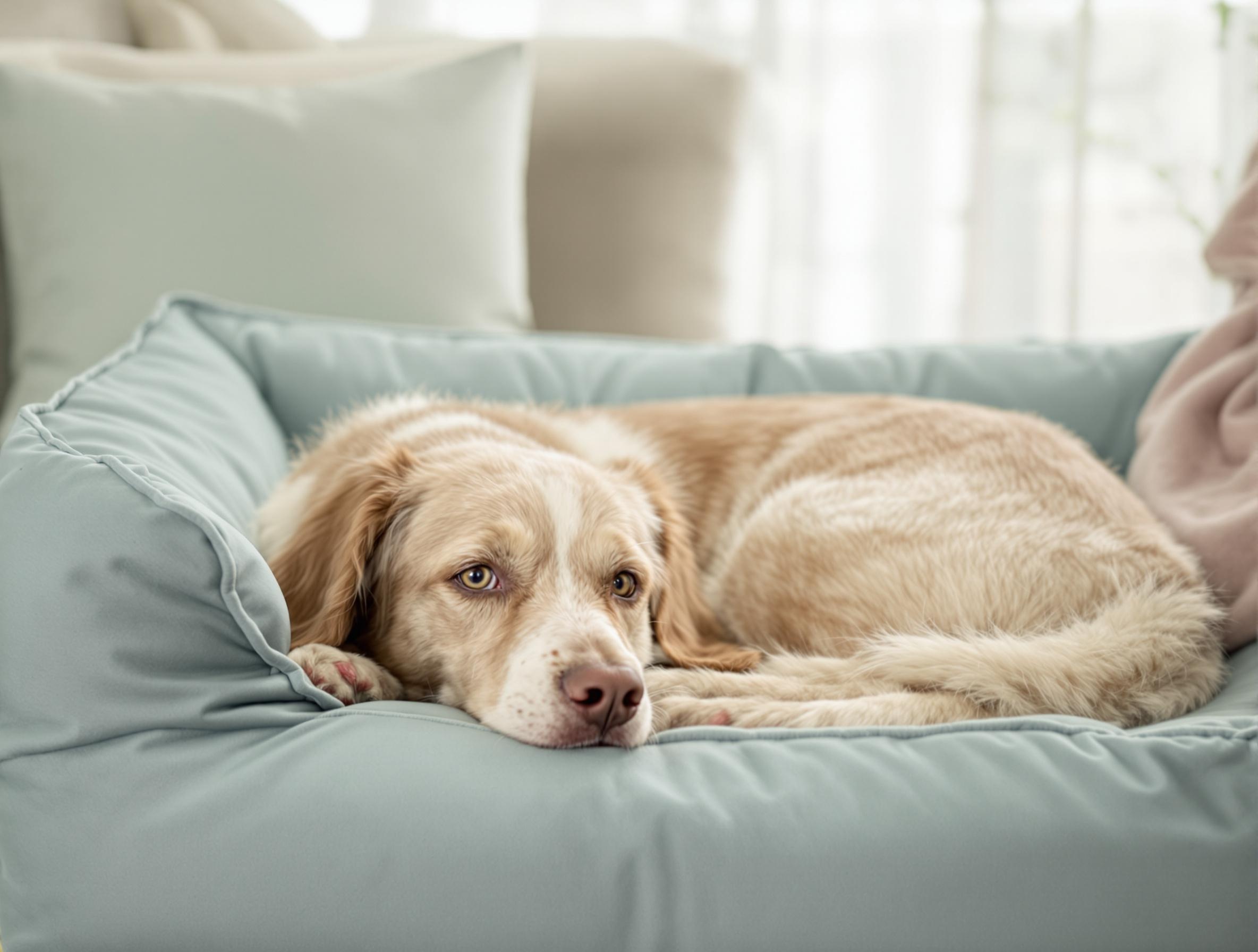Making the First Night Comfortable: Where Your New Puppy Should Sleep

Key takeaways
Ensuring your puppy’s first night is comfortable involves choosing the right sleeping spot, ideally close to you, to help them feel secure and reduce anxiety.
Creating a peaceful and warm sleeping environment with familiar scents and comfort items can greatly assist in settling your new puppy and promoting healthy sleep habits.
Establishing a consistent bedtime routine with appropriate calming measures helps your puppy adjust to their new home quickly and supports their well-being and growth.
That first night with a new puppy can feel like a mix of magic and mystery. One moment you’re swooning over their tiny paws, and the next, you’re wondering if you’ll get any sleep at all. Puppies are adjusting to a brand-new world, and it’s natural to have questions—especially about where they should sleep. If you’re hearing soft whimpers in the dark or unsure how to help them settle, you’re not the only one figuring it out.
Just like human babies, puppies need time to adjust to new surroundings. Giving them the right sleep setup—like a crate beside your bed or a soft corner in your room—can help them feel safe and calm. Puppies who sleep near their people those first few nights often settle faster and cry less. At PetHealthMD, we offer expert information to help make your puppy’s first night easier, starting with a simple and cozy sleep space. If you ever have concerns about your puppy’s health or behavior, it’s always best to check in with your veterinarian.
Understanding How to Comfort a Puppy at Night
The first few nights with your puppy can be a little rough. After all, they’ve just left their littermates and everything they knew.
A young pup needs plenty of sleep—12 to 20 hours a day. So, the goal is to create a bedtime space that feels soft, quiet, and calming. Start with a comfy bed or blanket in a crate or cozy corner. Many pet parents find that a warm water bottle wrapped in a towel or soft background noise (like a fan) helps.
Familiar smells and gentle sounds can settle your pup and block out unfamiliar household noises. If your puppy is whining or pacing, they might need a quick potty break and some gentle reassurance.
If your pup is unusually upset or acting sick, always check in with your vet just to be safe. Signs like being very tired, not eating, or breathing strangely mean it’s time for a vet visit.
Preparing a Puppy’s Sleeping Area
Setting up a sleep space isn’t just about comfort—it’s about helping your pup feel safe. Puppies sleep a lot, so giving them a peaceful spot is important.
Comfort and Security
- Choose a quiet area away from household traffic.
- Use soft, washable bedding and include a toy or familiar item from their previous home.
Environment and Temperature
- Keep the room warm and free of drafts (68–72°F).
- A small nightlight can help your puppy feel secure during nighttime potty trips.
Practical Comforts
- Keep a water bowl nearby.
- Clear a simple path for easy nighttime potty breaks.
For calming aids, explore options in the Dog Anxiety and Calming category.
Deciding on Sleeping Arrangements Should Puppies Sleep in a Crate the First Night
Crates can feel cozy and safe to puppies, like their own little den. They’re also useful for house training.
Here are a few ways to make the crate more comforting:
- Place it near your bed so they know you’re close.
- Make sure it’s snug but roomy enough to move around.
- Add soft bedding or a familiar item with mom’s scent.
- Expect some whining. Reassure them calmly without reacting to every sound.
If crate sleeping isn’t working, try a safe corner in your room instead. For other dog essentials that will keep your puppy comfortable, check out the dog supplies at 1800petmeds.com.
If your puppy continues to show signs of stress or fear, talk with your vet.
Addressing Common Concerns: Alternative Sleeping Arrangements for Puppies
Still unsure where your puppy should sleep? You’re not alone. Here are common concerns from other new pet parents.
Where should I set up my puppy’s cozy space?
Pick a quiet spot near where you sleep. Being close helps build comfort and trust during those first nights.
How can I help my puppy stop crying at night?
Stick to a calm routine. Puppies may need one or two potty breaks. Keep these short and quiet. Ongoing crying could mean they’re uncomfortable or need vet advice.
When can we change my puppy’s sleeping location?
After a few weeks, once they’re used to their space, you can move their bed a little each night to a more permanent spot.
Which comfort items help puppies sleep better?
Pet safe heating pads, soft toys with heartbeats, or something that smells like you or their littermates can help.
What nighttime behaviors need attention?
Pacing, heavy breathing, or trouble settling could mean stress or illness. If you’re unsure, check with your vet. Any behavior tied to discomfort or pain should be taken seriously.
Next Steps: Nurturing Comfort and Security Night After Night
A steady bedtime routine helps your puppy feel safe. Whether they sleep in your room or a nearby spot, consistency makes a big difference. Every puppy is different, and with your care and time, they’ll settle into their new home.
For more easy to follow advice on puppy care, visit PetHealthMD. To explore more essentials for your new puppy, visit the Dog category





